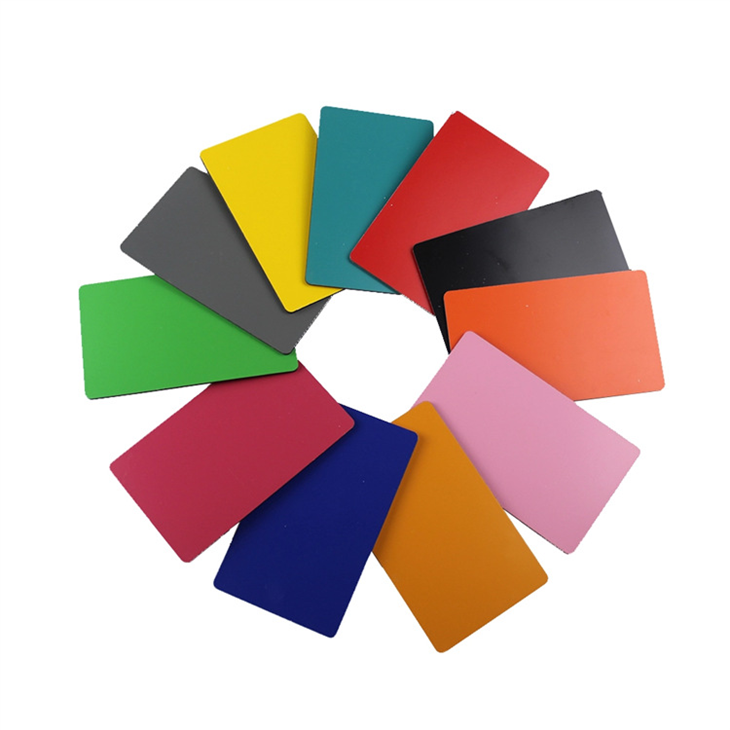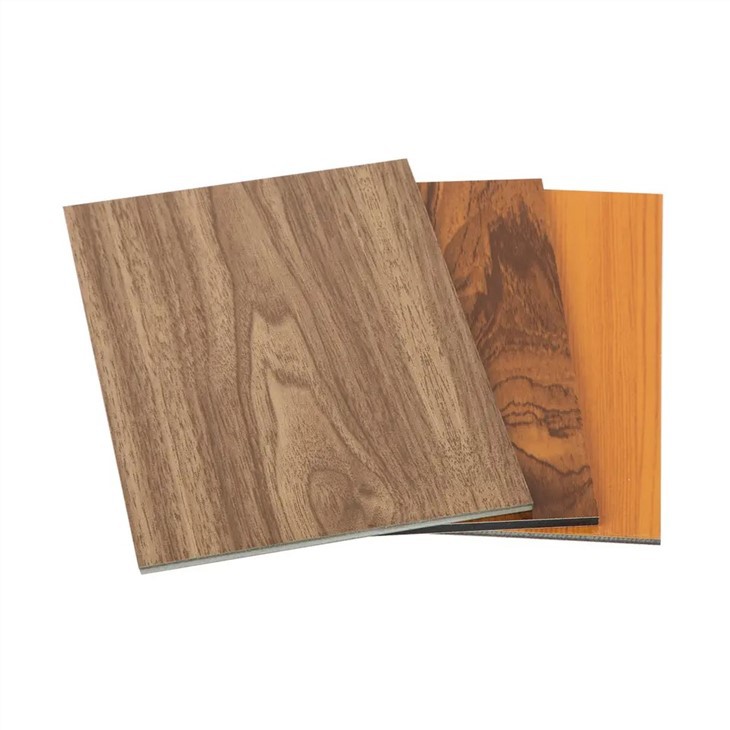Hey there! As a supplier of aluminum cladding panels, I've been getting a lot of questions lately about whether these panels are a sustainable building material. So, I thought I'd take a deep dive into this topic and share my thoughts.
Let's start by understanding what aluminum cladding panels are. These panels are commonly used in building exteriors for their durability, aesthetics, and versatility. They come in various types, like the Aluminum Composite Panel For Building External Cladding, which is a popular choice for many construction projects.
Sustainability from a Material Perspective
First off, aluminum itself is a highly sustainable material. It's one of the most abundant metals on Earth, which means we're not going to run out of it anytime soon. The extraction process has also become more efficient over the years, reducing the environmental impact associated with mining.


When it comes to recycling, aluminum is a champ. It can be recycled indefinitely without losing its quality. In fact, a large portion of the aluminum used today comes from recycled sources. This is a huge plus for sustainability because recycling aluminum uses only about 5% of the energy required to produce new aluminum from bauxite ore. That's a massive energy savings!
Our Standard Size PE ACP for Outdoor Wall Cladding is made with a significant amount of recycled aluminum. This not only reduces the demand for virgin materials but also helps in keeping waste out of landfills.
Energy Efficiency and Environmental Impact
Aluminum cladding panels can contribute to a building's energy efficiency. They can act as a barrier, reducing heat transfer between the interior and exterior of a building. This means that in hot weather, less heat will enter the building, and in cold weather, less heat will escape. As a result, the building's heating and cooling systems don't have to work as hard, which saves energy and reduces carbon emissions.
Moreover, these panels are designed to be long - lasting. They resist corrosion, weathering, and other environmental factors. This longevity means that they don't need to be replaced as often as some other building materials. Less frequent replacement translates to less waste generation over the life of the building.
Take our Building Material ACP PE Coating Aluminum Composite Panel. The high - quality PE coating not only gives it a great look but also enhances its durability. This panel can withstand harsh weather conditions for decades, ensuring that it serves its purpose without being discarded prematurely.
Manufacturing and Transportation
The manufacturing process of aluminum cladding panels has also become more sustainable. Many manufacturers, including us, are using advanced technologies to reduce waste and energy consumption during production. We're constantly looking for ways to optimize our processes, such as using water - based paints instead of solvent - based ones, which are more harmful to the environment.
In terms of transportation, aluminum cladding panels are relatively lightweight compared to some other building materials. This means that less fuel is needed to transport them from the manufacturing facility to the construction site. Fewer emissions during transportation contribute to the overall sustainability of the product.
Social and Economic Sustainability
Aluminum cladding panels also have positive impacts on social and economic sustainability. From a social perspective, they can enhance the visual appeal of a building, which can improve the quality of life in a community. A well - designed building with attractive cladding can make an area more inviting and increase property values.
Economically, the use of aluminum cladding panels can be cost - effective in the long run. Their durability means lower maintenance costs over time. Additionally, the energy savings from improved energy efficiency can result in significant cost savings for building owners.
Challenges and Considerations
Of course, it's not all sunshine and rainbows. There are still some challenges when it comes to the sustainability of aluminum cladding panels. For example, the initial production of aluminum from bauxite ore is energy - intensive and can have some environmental impacts, such as deforestation and water pollution. However, as mentioned earlier, the increasing use of recycled aluminum helps to mitigate these issues.
Another consideration is the disposal of the panels at the end of their life cycle. While aluminum is recyclable, there may be some challenges in separating it from other materials in the panel, especially if it has a complex structure or coating. But with proper recycling facilities and processes in place, these challenges can be overcome.
Conclusion
So, are aluminum cladding panels a sustainable building material? In my opinion, the answer is a resounding yes. The benefits in terms of material recyclability, energy efficiency, durability, and economic and social sustainability far outweigh the challenges.
If you're in the market for high - quality, sustainable aluminum cladding panels, I'd love to have a chat with you. Whether you're a builder, an architect, or a property owner, we can work together to find the perfect solution for your project. Don't hesitate to reach out and start a conversation about your needs.
References
- Aluminum Association. (2023). Aluminum Recycling: A Sustainable Success Story.
- International Aluminium Institute. (2023). The Environmental Profile of Aluminium.
- BuildingGreen. (2023). Sustainable Building Materials Guide.